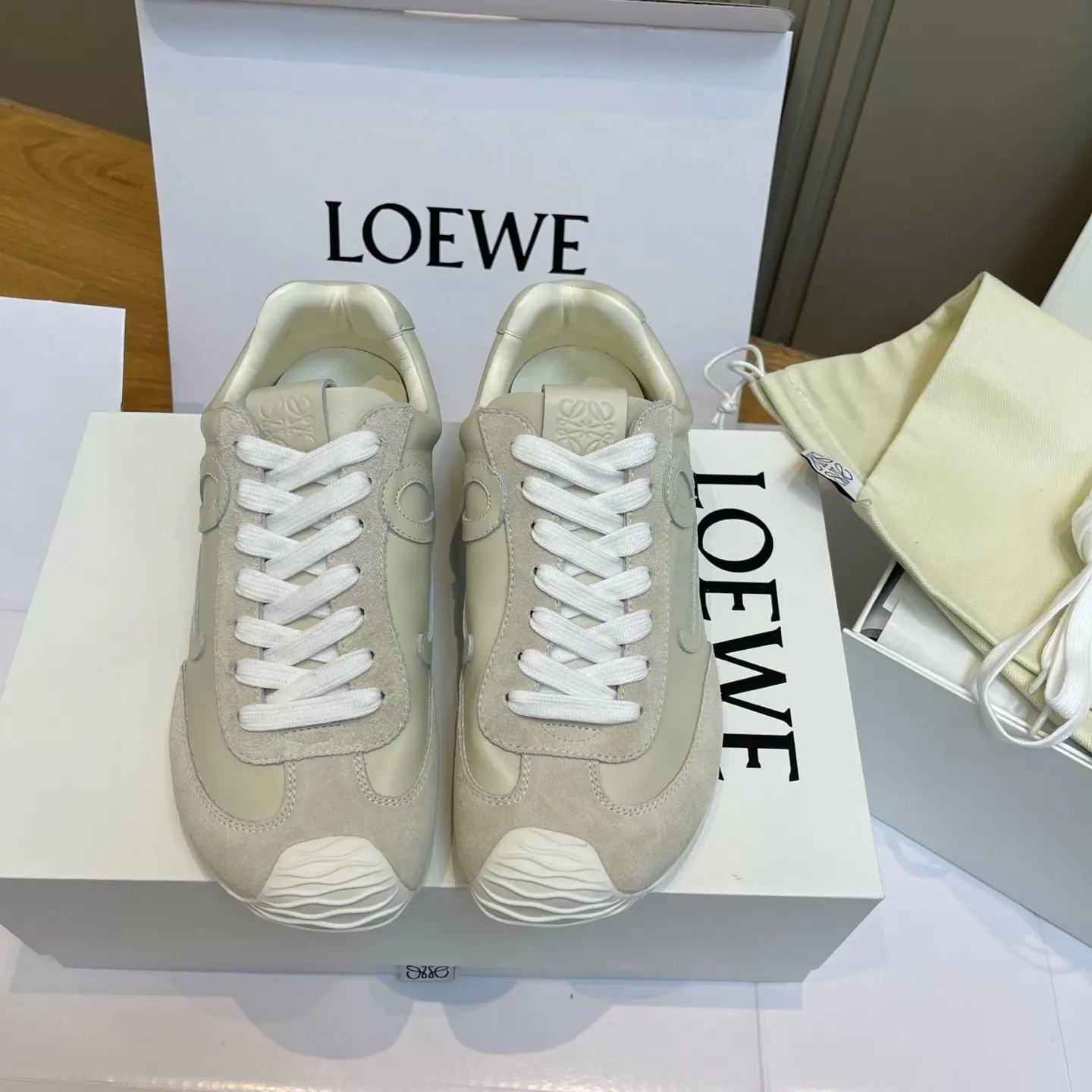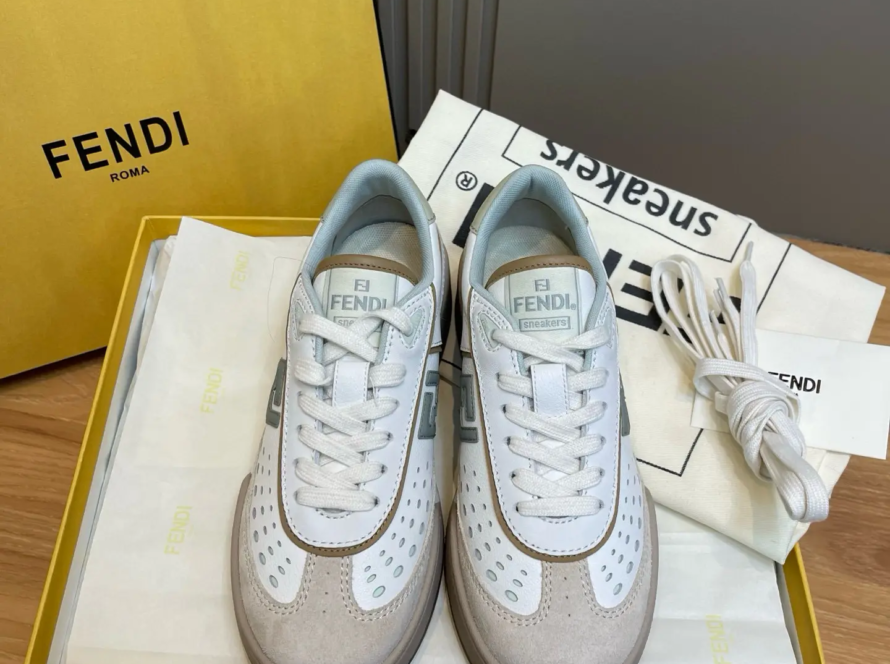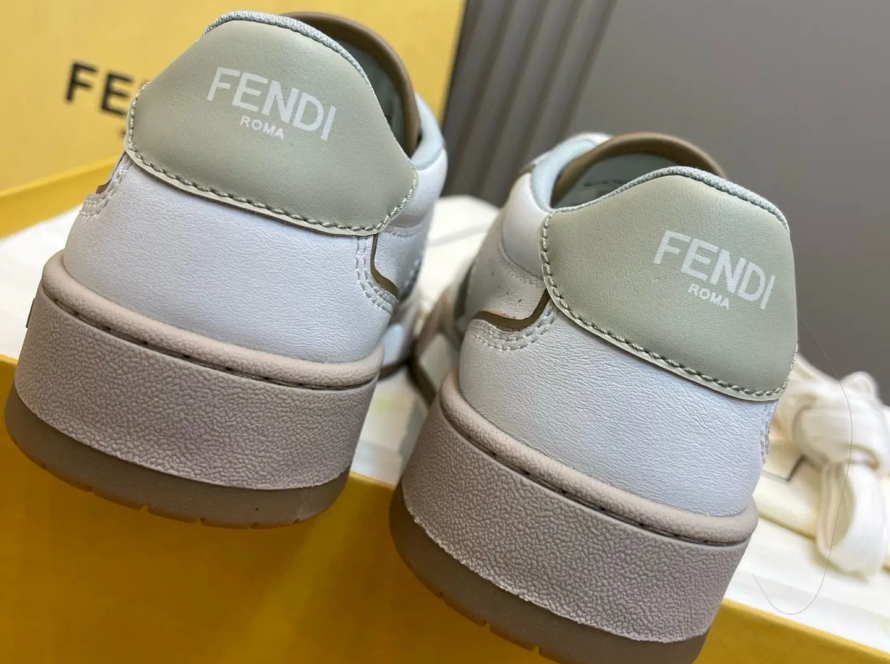
Introduction: The art of curating a luxury shoe collection
For discerning collectors and high-net-worth individuals, shoes are more than just an accessory, they are an investment, a work of art and an extension of one’s identity. A pair of $10,000 custom John Lobb oxfords, limited-edition Christian Louboutin stilettos or rare Air Jordans requires more than a cramped closet or a modest bookshelf. They needed a storage solution that reflected their value, craftsmanship and aesthetics. Luxury shoe storage goes beyond functionality; it’s an exercise in preservation, display and personal branding. Custom cabinetry, innovative materials and a climate-controlled environment come together to create a sanctuary for footwear masterpieces.
The elements of a true elevated shoe cabinet
1. Material mastery: the combination of craftsmanship and longevity
Luxury storage starts with rigorous material selection. Think Carolina walnut, with its rich, swirling grain that’s hand-oiled for depth and durability. Italian vegetable-tanned leather upholstery prevents chemical interaction with delicate shoe surfaces, while brass or platinum-plated hardware adds weight and corrosion resistance. When in use, the glass elements are museum-grade, non-UV panels that resist fading. Sustainable and rare woods such as Macassar ebony or reclaimed teak are increasingly favored by eco-conscious collectors, and are often finished with a non-toxic ceramic coating to prevent scratches.
Pro tip: For exotic leather shoes (crocodile, ostrich), choose breathable cedar-lined compartments. Its natural oils repel insects without the need for synthetic chemicals.
2. Climate control: microenvironment for macro protection
High humidity can warp leather; dry air can crack it. Deluxe systems now integrate a quiet, humidity-regulated environment (maintaining 45-55% relative humidity) with HEPA filtration to eliminate dust and odors. Sub-Zero wine cellar technology has been adapted for shoe storage, with discreet sensors sending alerts via an app if conditions change. For collectors in tropical climates or historic homes, self-contained argon-filled display cases with separate climate modules are becoming increasingly popular.
3. Customized configuration: beyond single row
Mass-produced shoe racks insult couture shoes. True luxury lies in modular, adaptive systems:
- Rotating gallery: The electric lazy Susan has 360° access to over 50 pairs and is ideal for walk-in vaults.
- Cantilever shelves: Floating panels eliminate visual clutter and make the shoe appear to be floating.
- Drawer system: Fully extendable cushioning tray with removable calfskin-lined brace to avoid heel deformation.
An Emirati client recently commissioned a storage wall with interlocking hexagonal modules, each backlit niche precisely sized to fit their Gianvito Rossi mesh slingback shoe range.
4. Security and Accessibility: Careful Protection
Biometric locks (vein pattern recognition is the new gold standard), RFID tags for inventory tracking, and shock-proof stability are no longer futuristic but expected. A penthouse in Tokyo features a shoe cabinet with retractable pop-up glass doors activated by facial recognition that blend seamlessly into the teak wall panels when not in use.
A combination of form and function
Luxurious storage must complement the architectural aesthetics. A Haussmann-era Parisian apartment might feature neoclassical inlaid cabinetry with hand-gilded moldings; a Malibu beach house opts for streamlined marine-grade stainless steel and frosted glass. Leading designers such as Poltrona Frau or Ralph Lauren Home now include shoe storage as part of the overall interior design, ensuring that your Berluti loafers live in a well-designed environment.
Investment Logic: Beyond Vanity
Proper storage isn’t about indulgence, it’s about asset management. A 2019 study Luxury asset capital The study found that high-end shoes that were stored properly retained 92% of their value after five years, compared with 67% for shoes stored under standard conditions. Limited editions from brands like Chanel or Dior are often so popular that saving becomes a financial strategy. Insurance companies like Chubb now require climate-controlled storage of collections worth more than $500,000.
Innovation redefines space
- AI-driven management tools: Upload your collection; algorithms suggest storage layouts that optimize space and pairing efficiency.
- Patina Maintenance System: LED light array is gently calibrated "exercise" Leather to prevent stiffness.
- Blockchain certification: A built-in NFC chip verifies authenticity and ownership history upon scanning.
Conclusion: Silent Ambassador of Taste
Luxurious shoe cabinets are the invisible pillar of an elegant lifestyle. It expresses an understanding that true luxury lies in thoughtful care – acknowledging that how we manage beauty is just as important as how we achieve it. In the world of fast fashion, it is an expression of tradition, a dialogue between past and present craftsmanship. Your shoe deserves a stage; build it thoughtfully.
FAQ: Luxury Shoe Cabinet Revealed
Question one: Can climate-controlled storage reverse existing damage (e.g., salt stains, creases)?
one: While it can prevent further deterioration, reversal requires professional repair. Integrate storage with annual services from experts, e.g. Eddie’s Shoe Repair Shop (New York) or foster and sons (London).
Question 2: Is custom storage worth it for under 50 pairs?
one: Absolutely. Even 20 pairs are worth saving. Customized solutions to maximize vertical/diagonal space, such as motorized tiered shelves that stack down with just a touch.
Q3: How to prevent color transfer between shoes?
one: Use acid-free silk or velvet dividers. For patent leather, microporous leather panels prevent sticking without impeding airflow.
Q4: What is the ideal depth of shelves?
one: 14-16 days" For men’s shoes; 12-14 days" For women. A deeper risk is heel overhang; a shallower wrinkly toe. Be sure to measure your longest pair of shoes (usually a men’s size 14+ or a women’s platform shoe).
Q5: Are transparent acrylic boxes safe for long-term storage?
one: Only if vented (hide side vents) and non-static. Choose boxes with recycled silicone inserts, which change color when saturated.
Question 6: How often should I rotate my rarely worn shoes?
one: quarterly. Remove, bend and reposition soles to avoid permanent indentations on the last. Used cedar last for more than 3 months of inactivity.
Question 7: Can I integrate lighting without causing UV damage?
one: Yes. LED strips with CRI >90 (high color accuracy) and Kelvin temperature 2700K (warm white light) are safe. Install motion sensors to limit exposure.



